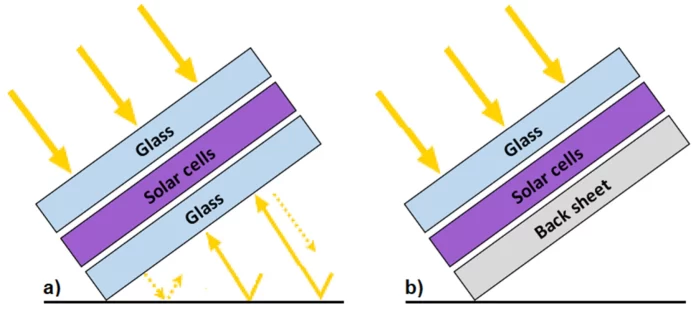Researchers from the Australian National University (ANU) and Sundrive, a Sidney-based photovoltaic producer, have evaluated the power yield advantages that bifacial rooftop PV systems provide over their monofacial counterparts using electrical modelling and Monte Carlo Ray Trace (MCRT) methodologies.
According to the scientists, their modelling approach addresses the common drawbacks of conventional view factor (VF) modelling by coupling MCRT with a thorough electrical model of high-efficiency bifacial PV modules.
“In particular, the method addresses the intricacies of practical elements, such as mismatch occurrences that arise from uneven lighting and edge influences at the array and cell-to-cell levels,” the authors claimed. Additionally, it carefully takes into account the uneven lighting effects caused by mounting parts and module frames—a feature that was frequently disregarded in earlier generations.
The four stages of the suggested method’s operation are integration, thermal modelling, electrical modelling, and optical modelling. Based on measured direct and diffuse irradiance levels at each timestep, the MCRT model evaluates direct and diffuse light independently and combines the results.
The study team analysed the performance of two rows of eight solar modules each, spaced five metres apart, between rows using the MCRT framework. The modules are tilt-rack positioned more than 20 centimetres above the roof surface, at various angles. Referring to the limitations of their methodology, it stated, “It’s important to note that our exploration of system design does not extend to considerations of module spacing or other design factors that influence optimal system performance.”
According to the investigation, one of the most important factors in boosting the performance of a bifacial rooftop PV system is rooftop reflectivity. The researchers discovered that bifacial arrays can yield energy gains up to 22.6% greater than those of their monofacial equivalents. They stressed, “Furthermore, the study showed that rooftop reflectivity also affects the ideal tilt angle for bifacial modules.” “Bifacial modules exhibit higher optimal tilt angles for maximum energy generation when compared to monofacial modules.”
Furthermore, the analysis showed that power yield can also be significantly increased by system and module design, with parallel interconnections of the top and bottom substrings being very helpful. The researchers found that for a system with mounting components at a 75% reflecting rooftop, “bifacial gain was reduced by 0.9% without parallel substrings.”
Their research was presented in the newly published paper “Accurate modelling of the bifacial gain potential of rooftop solar photovoltaic systems” in Energy Conversion and Management.





